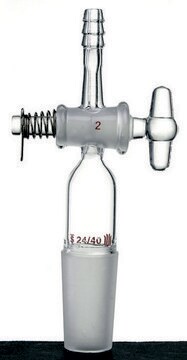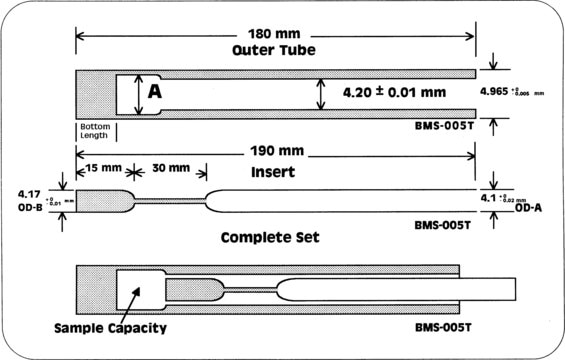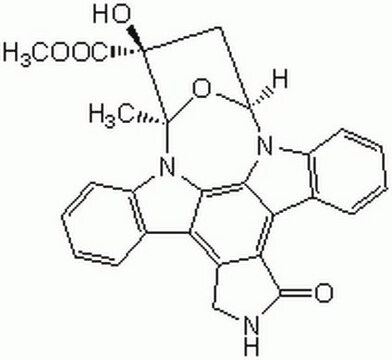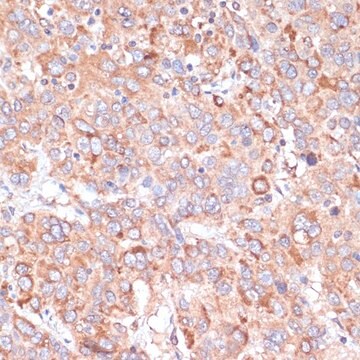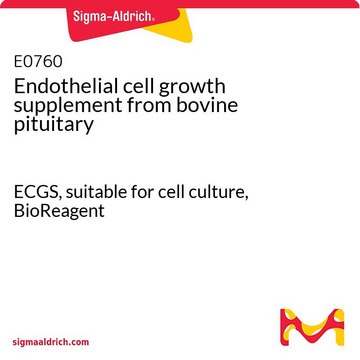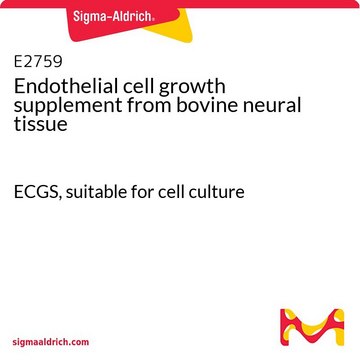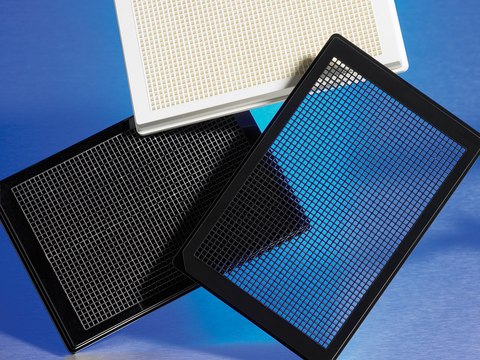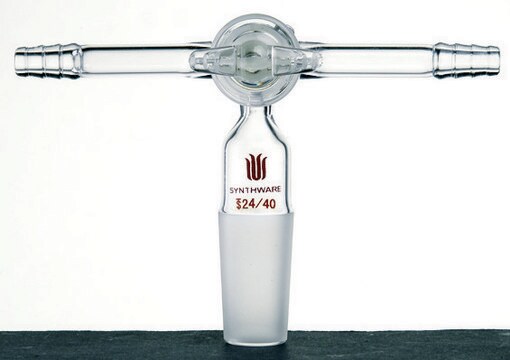Recommended Products
Product Name
SAF-1, 00122301
biological source
fish fin
packaging
tube of 5 μg 00122301-DNA-5UG
pkg of vial of cells 00122301-1VL
growth mode
Adherent
karyotype
Not specified
morphology
Fibroblast-like
products
Not specified
receptors
Not specified
technique(s)
cell culture | mammalian: suitable
shipped in
dry ice
storage temp.
−196°C
Cell Line Origin
Gilt head seabream caudal fin
Cell Line Description
SAF-1 has been developed from the fin tissues of an adult gilt-head seabream (sparius aurata) without immortalising treatments. SAF-1 supports the replication of several common fish viruses such as lymphocystis disease virus (LDV), infectious haematopoietic necrosis virus (IHNV) and viral haemorrhagic septicaemia virus (VHSV). SAF-1 has a higher susceptibility to rhabdoviruses, especially UHNV. In the SAF-1 line, neither chromosome changes or differences from passage 50-70 have been detected, suggesting a normal karyotype and stable cell line. The cell line may be useful in isolating and studying undetected latent and potential lytic viruses infecting gilt-head seabream and other related sparid species. In addition to its proven applications, SAF-1 could be used as an in vitro system to address multiple questions related to the genetic engineering of this species, such as evaluating the efficiency of the promotors in transgenic constructions, testing whether this species is susceptible to viral vectors available in fish or whether heterologous transposable elements can be mobilised for insertional mutagenesis. This cell line was mycoplasma eradicated at ECACC.
Application
Genetic engineering, virus susceptibility, fish physiology.
Culture Medium
Subculture Routine
Split sub-confluent cultures (70-80%) 1:3 -1.6 ie. seeding at 2-4 x10,000 cells/cm2 using 0.25% trypsin/EDTA; 25°C; no CO2.
Other Notes
Additional freight & handling charges may be applicable for Asia-Pacific shipments. Please check with your local Customer Service representative for more information.
Choose from one of the most recent versions:
Certificates of Analysis (COA)
Lot/Batch Number
It looks like we've run into a problem, but you can still download Certificates of Analysis from our Documents section.
If you need assistance, please contact Customer Support.
Already Own This Product?
Find documentation for the products that you have recently purchased in the Document Library.
Our team of scientists has experience in all areas of research including Life Science, Material Science, Chemical Synthesis, Chromatography, Analytical and many others.
Contact Technical Service